True’s newest merchandiser is now available across Europe
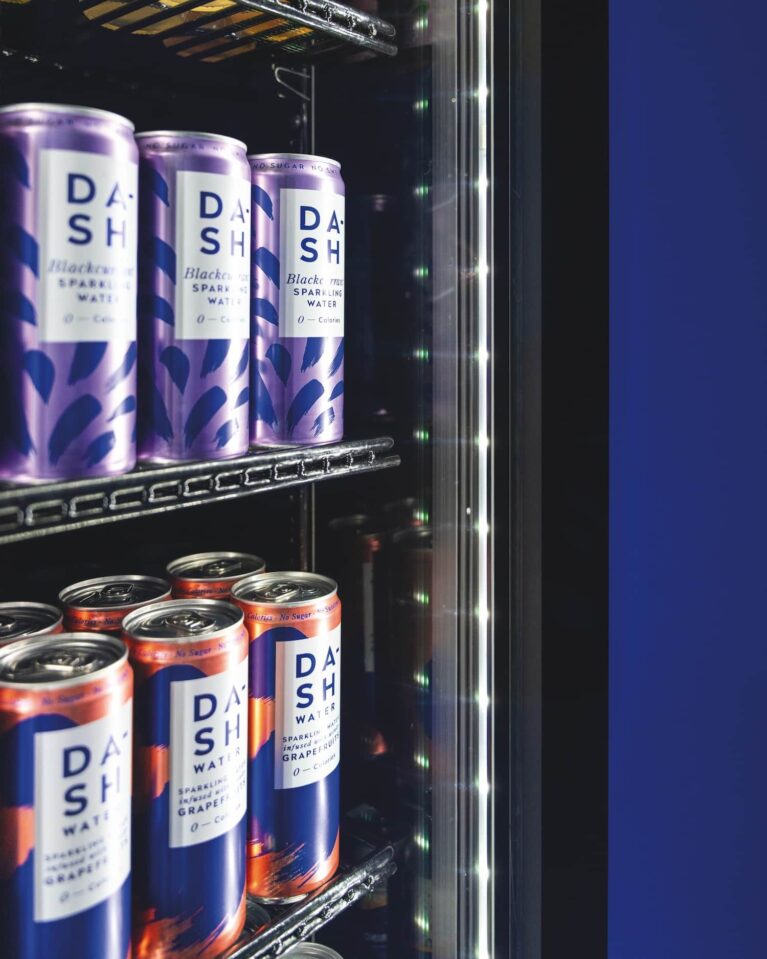
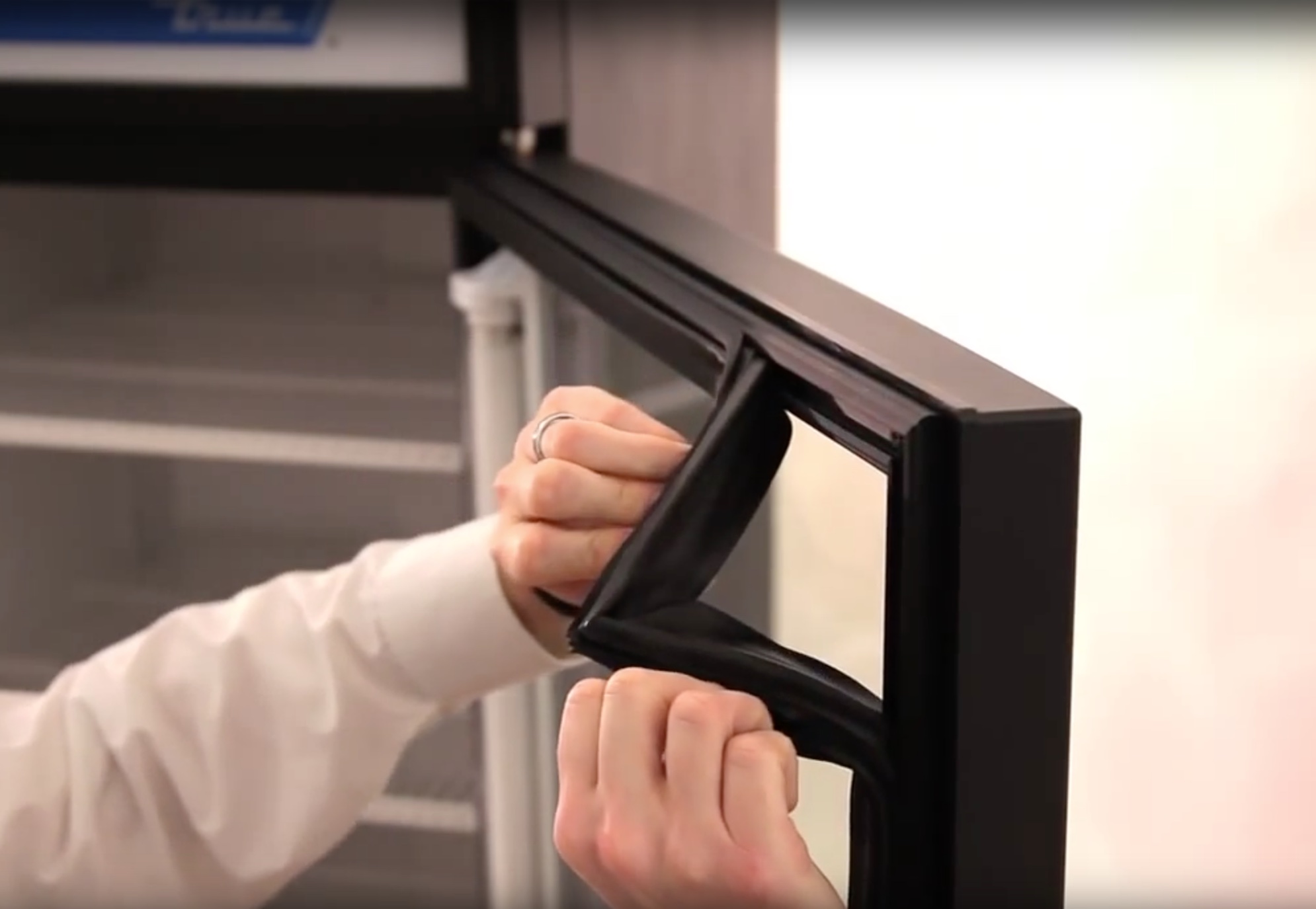
Keeping refrigerated food fresh and safe to consume is essential for any commercial business, especially with legislation surrounding holding temperatures.
For your fridges to operate as they should, the door gasket works to keep the cold air in and prevents heat from entering. A door gasket is the rubber seal that lines your refrigerator doors to keep air flow accurate. This seal plays an integral part in helping to maintain a constant temperature and shouldn’t be overlooked.
Due to their role, gaskets experience a lot of wear and tear, and businesses should be inspecting them regularly to ensure they do not need replacing.
To make replacing your gaskets with one from an original equipment manufacturer (OEM) easier, True has created a search functionality that puts businesses in touch with a local supplier.
But why is it important to replace gaskets, and why should you choose OEM
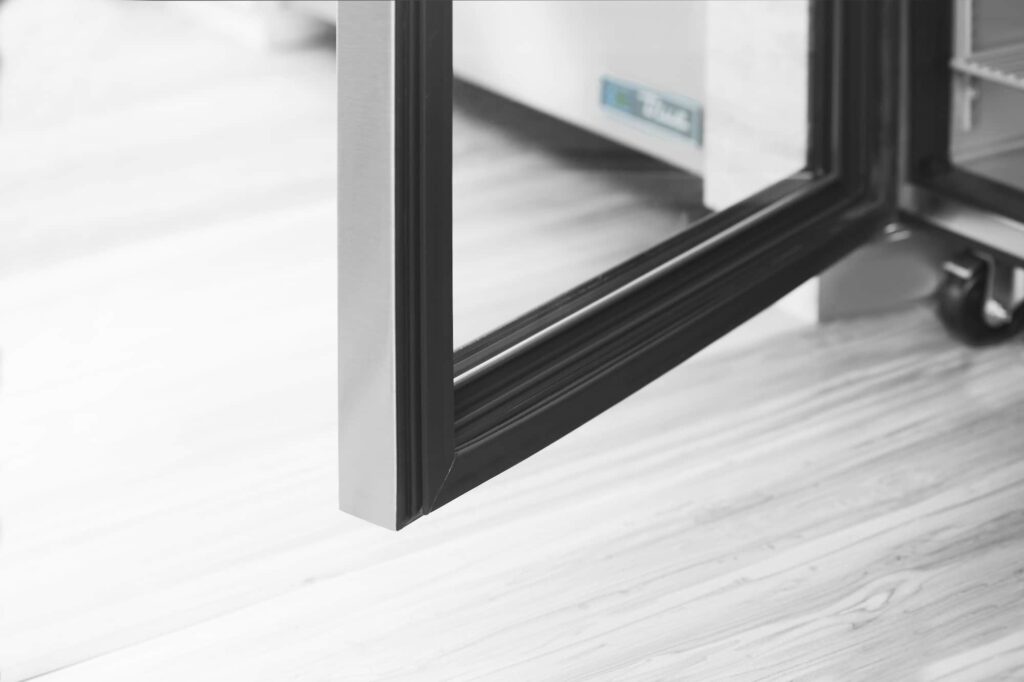
Commercial refrigeration door seals often face a shortened gasket life due to the increased usage they experience with each open and close. This wear and tear can be worsened by spillages, intense use, lack of cleaning and staff negligence during busy periods.
An example of how these can fail is when staff open the door by inserting fingers into the seal rather than using the handle, creating a tear.
As seals work to keep the contents of the fridge at a maintained temperature, when these fail, it can create significant problems for businesses. If your commercial refrigeration has underperforming gaskets, not only could this cost you financially, but it can also affect you in the following ways:
When a gasket isn’t performing as it should, it will allow warm air to enter and place additional pressure onto the compressor. This will force your commercial refrigeration to work harder to maintain or reach a low temperature, risking far higher wear and tear and reducing its operational lifespan.
As several internal mechanical components need your door seal to function properly, you could also require extensive service work or a complete replacement.
If a unit isn’t reaching its optimal temperature, the food stored inside could spoil sooner, creating additional costs to replace them.
Any temperature rise can cause condensation, with this excess moisture causing dairy and fruit and vegetables to spoil. A broken or cracked seal can also allow bacteria to enter and grow, further worsening the quality of the food stored inside.
When your unit cannot maintain temperature due to an underperforming seal, your equipment constantly runs and works to reach temperature. This additional work will cause a hike in electricity usage, costing your business more.
As seals naturally degrade over time and use, they need to be regularly checked and replaced. Ideally, you should look to replace your gasket every 12 months, but this can be sooner with commercial refrigeration due to increased use.
If you’re unsure what signs show a deteriorating gasket, here are some things to look for when you are visibly inspecting it:
Another way to test if your gasket is creating an air-tight seal is by placing a paper note (such as €10, £5) and trapping it between the gasket and fridge. Slowly, you should be able to pull the note out, while feeling some tension as you do. If the note slides out easily, and you feel no tension, the seal may be weak or broken.
While lots of replacement items require a technician, replacing a door gasket can be done by yourself. If you discover you need to replace your door seal, you can follow this video on gasket care and replacement, which will take you through step-by-step.
When choosing replacement parts, including gaskets, the only choice you should be making is choosing original equipment manufacturer replacements. While you might be tempted to consider a cheaper non-OEM product, we do not recommend this.
All of our commercial refrigeration comes with an extended 5 year parts and labour warranty as standard, but door gaskets aren’t covered under this as they are classed as a “consumable” item. To protect your warranty with us, you should only choose OEM, otherwise you will invalidate your warranty. This will mean that the cost of any future service call-out, parts and labour is chargeable directly to the operator.
Non-OEM replacement parts are often cheaper, because they are made of an inferior quality material and will offer you no assurance they will work as intended. All of which can impact the operation and efficiency of your True product.
For gaskets, a non-OEM replacement can also stop your door from sealing correctly. It will allow warm air to enter and force your refrigerator to work harder to try and accurately hold temperature. This can cause further damage to the equipment or even endanger the safety of customers and staff members.
At True, we manufacture many of the parts in-house at our production facilities in Missouri, USA. We offer extended warranties as standard, because we have direct control over the full manufacturing process of our products.
We also ensure all of our replacement parts conform to health, safety and environmental protection standards. In all cases, it is very unlikely that third-party components have undergone the same development, testing and quality procedures that official OEM parts must.
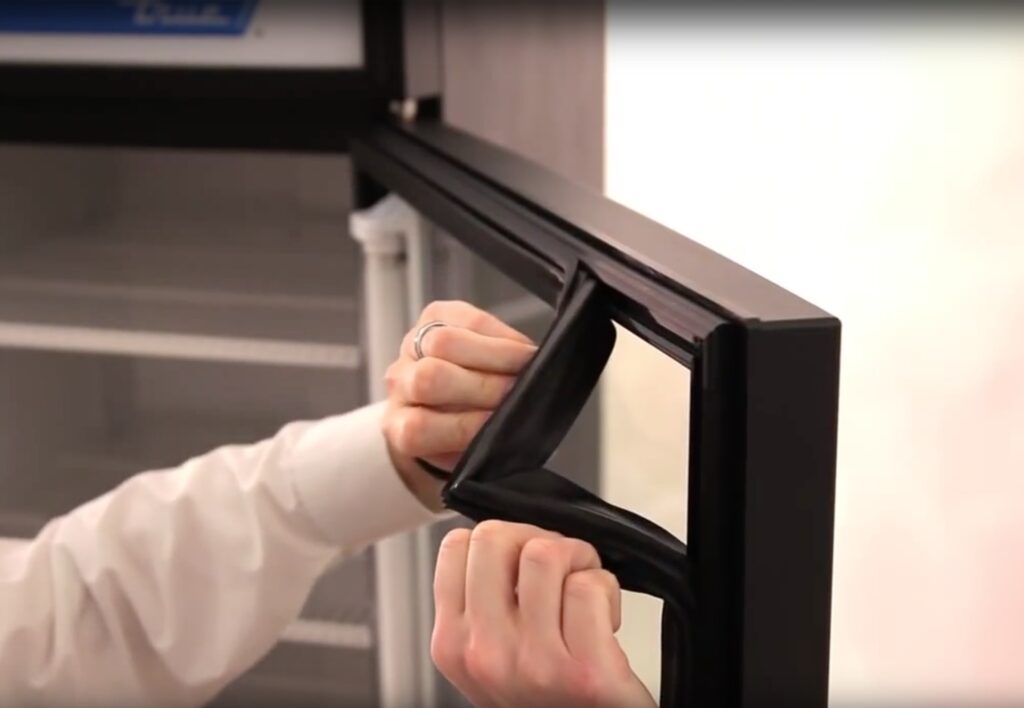
True’s products are designed for energy and environmentally conscious operators who are serious about food safety and quality, and understand that equipment is a core investment of their business. This is why True has created a way for you to check and ensure your gasket replacement will fit perfectly.
You’ll also be able to see all the details of the operators you can order gaskets from, as this information is reflective of the location and country you chose at the beginning.
We know the impact ill-working refrigeration can have on a business.
By using this feature and choosing OEM, you’ll be protecting and investing in your 5 year warranty with us and ensuring your refrigeration remains working as it should. If you follow this, we guarantee minimum downtime and expenditure, so you can feel confident in your True product.
For more information about OEM parts or warranty coverage, get in touch with us today.

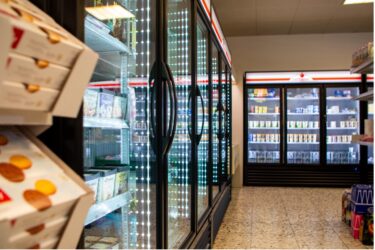
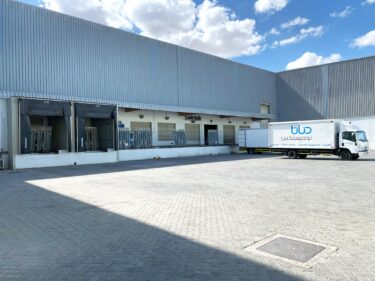
Marking another major milestone in its global growth journey, True Refrigeration has expanded its footprint in the Middle East with the opening of a new warehouse in Dubai.